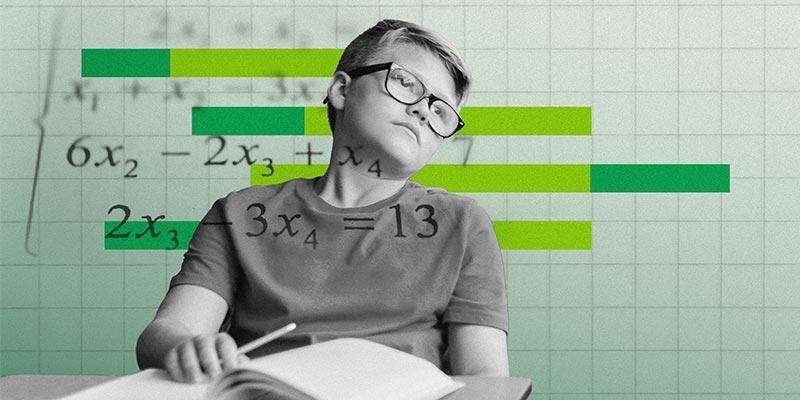Story Highlights
- Two in three K-12 teachers are satisfied; 22% are "extremely" satisfied
- Satisfaction rates are higher among wealthier districts
- About one in five don’t plan to teach next year
WASHINGTON, D.C. — Two-thirds of K-12 teachers in the U.S. are satisfied with their workplace, including 22% who are “extremely” satisfied. Satisfaction rates are similar across school levels; however, teachers in wealthier school districts — based on the share of students in the district eligible for free and reduced-price lunch (FRPL) — are more satisfied than their peers in less wealthy districts.
These findings are from the Walton Family Foundation-Gallup Teaching for Tomorrow survey, which was conducted Oct. 29-Nov. 25, 2024, by web survey with a sample of 1,989 U.S. teachers working in public K-12 schools. Teachers were recruited from the RAND American Teacher Panel, a nationally representative, probability-based panel of U.S. public school teachers.
K-12 teachers are less satisfied than U.S. employees in most other industries. Across industries and employers in Gallup’s national employee engagement database, a median of 34% of employees say they are extremely satisfied with their organization — 12 percentage points higher than the 22% of teachers who say the same.
About One in Five Unsure or Don’t Plan to Teach Next Year
While the vast majority of teachers plan to return to the classroom next school year, about one in five say they do not plan to continue teaching in a K-12 school (5%) or are unsure whether they will (13%). Teachers in less wealthy school districts (that have higher levels of participation in FRPL meals) are less confident than their peers about their plans for the next school year. Black teachers are also less certain than Hispanic and White teachers about whether they will continue to teach.
Satisfaction Linked to Pay, Workload, Opportunity to Do What They Do Best
Workplace satisfaction is most closely linked to the opportunity for teachers to do what they do best, pay and workload. More than four in five (82%) of those who agree that they have the opportunity to do what they do best at work every day are also satisfied with their workplace. In contrast, 31% who say they do not have the opportunity to do what they do best at work are satisfied with their workplace.
Broad majorities of teachers who are satisfied with their workload (85%) and pay (76%) are satisfied with their overall jobs. By comparison, overall job satisfaction is lower among those who are not satisfied with their pay (59%) or workload (56%).
Because satisfaction and intention to continue teaching are themselves related, ensuring teachers have the opportunity to do what they do best — and, to a lesser extent, providing them with equitable pay and workloads — will also ensure that more teachers remain in classrooms, rather than leave the teaching profession.
Bottom Line
Teachers play a central role in shaping student engagement — which, in turn, influences students’ confidence in their future and success beyond the classroom. Prior research from Gallup and the Walton Family Foundation has shown that when students are excited and motivated by what they’re learning, it’s often because a teacher made the material come alive.
But for teachers to engage students effectively, they must first feel engaged and supported in their own work. The latest findings highlight a critical opportunity: While two-thirds of teachers report satisfaction in their roles, many do not feel they have the opportunity to do what they do best each day, which is a key driver of workplace engagement, according to Gallup research. Ensuring teachers have the support, resources and autonomy to thrive is essential — not only to improving their own job satisfaction, but also to creating classroom environments where students feel inspired, confident and capable of reaching their full potential.
To stay up to date with the latest Gallup News insights and updates, follow us on X @Gallup.
Learn more about the Walton Family Foundation-Gallup Teaching for Tomorrow study.




